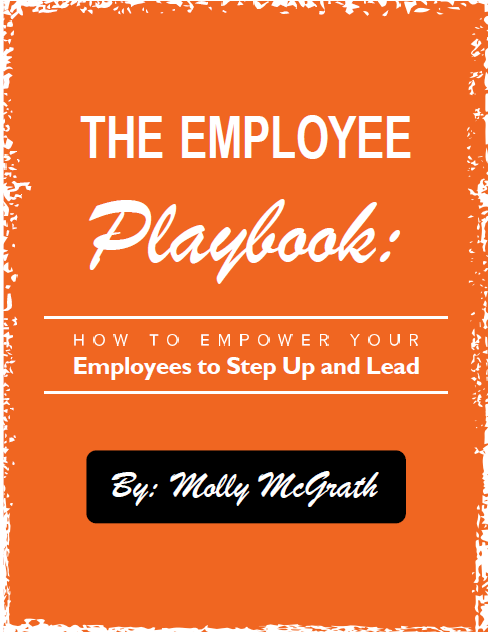 A client recently vented to me: “Man, getting our Christmas cards out is a nightmare. EVERY year I say I’m going to clean up the list so it’s not a mess next year, then before I know it, December is here and it’s still a mess. But nobody ever has time to work on it.” Chuckling, “You are easily the fifth person we’ve talked with this week who said the same thing.”
A client recently vented to me: “Man, getting our Christmas cards out is a nightmare. EVERY year I say I’m going to clean up the list so it’s not a mess next year, then before I know it, December is here and it’s still a mess. But nobody ever has time to work on it.” Chuckling, “You are easily the fifth person we’ve talked with this week who said the same thing.”
So what is it about getting our Christmas card list cleaned up that makes this impossible “task” an enormous “project”? And this applies to many similar messes … streamlining the process of getting new contacts onto our newsletter list, getting our old files scanned in, etc. Those things that don’t happen every day, but are periodic nightmares that we swear we will fix so we don’t have to go through the torture of dealing with them again…but that we never seem to get around to. Why is that?
First, we all respond to the pain and aggravation of the situation, but that has a short shelf life. We quickly move on to more “important” things like producing revenue, marketing and dealing with the client at hand. We don’t stop to calculate, in dollars and cents, what these “messes” are costing us. How many hours are you, or your team, spending to send out Christmas cards in the current, non-systemized, unorganized way? Don’t guess, ask them to track it. You may be shocked to find out that this often shuts down your support team member for easily 3-4 days, most of which is unnecessary time spent sorting lists, finding addresses and figuring out who to send to. How many prospects could your team follow up with during that time? How much billing could they get out the door? It’s literally costing you! Not to mention the cost of lost opportunity, because any unorganized process like this is bound to miss important contacts.
Once you see in dollars and cents how important resolving this mess is, the biggest obstacle we see is not getting out of the way. Fixing it is often made a much larger project than it needs to be with WAY too much involvement from the business owner. Since the team is usually left to execute the task, give them parameters of what you want the end result to look like and let them create a resolution. They can forecast the hiccups, so let them create a plan to solve them.
Don’t over-entangle the project. Often it starts as “we need a better way to update our Christmas card list throughout the year and keep it current” and stalls because you end up at “we need all new software, computers and a new server.” Fix the problem … not ALL your problems.
Lastly, outsource it. If you don’t have time to fix the problem, find a company or person that you can pay to fix it. (And be realistic, if no one has had time to fix it in the past no one is going to “find time” now.) Going back to dollars and cents, the money you spend fixing the problem will likely be nominal compared to what it’s costing you to have your team deal with the same mess every year. Not to mention the increased energy, confidence and tremendous appreciation your team will have for your spending what could easily be as little as a few hundred dollars to take away a huge pain and frustration for them.
What messes do you continually allow to steal your time, energy and opportunities?
Champions for your continued success,
Molly and Laney

